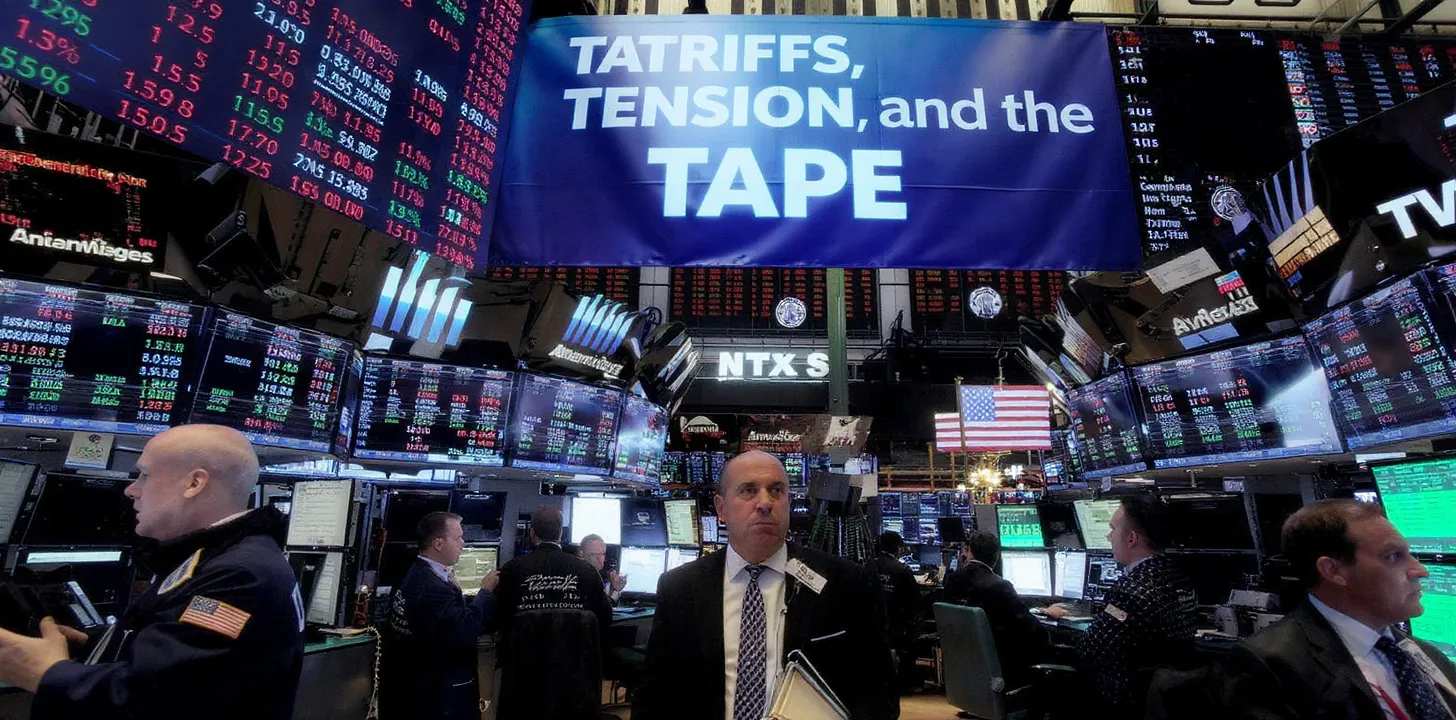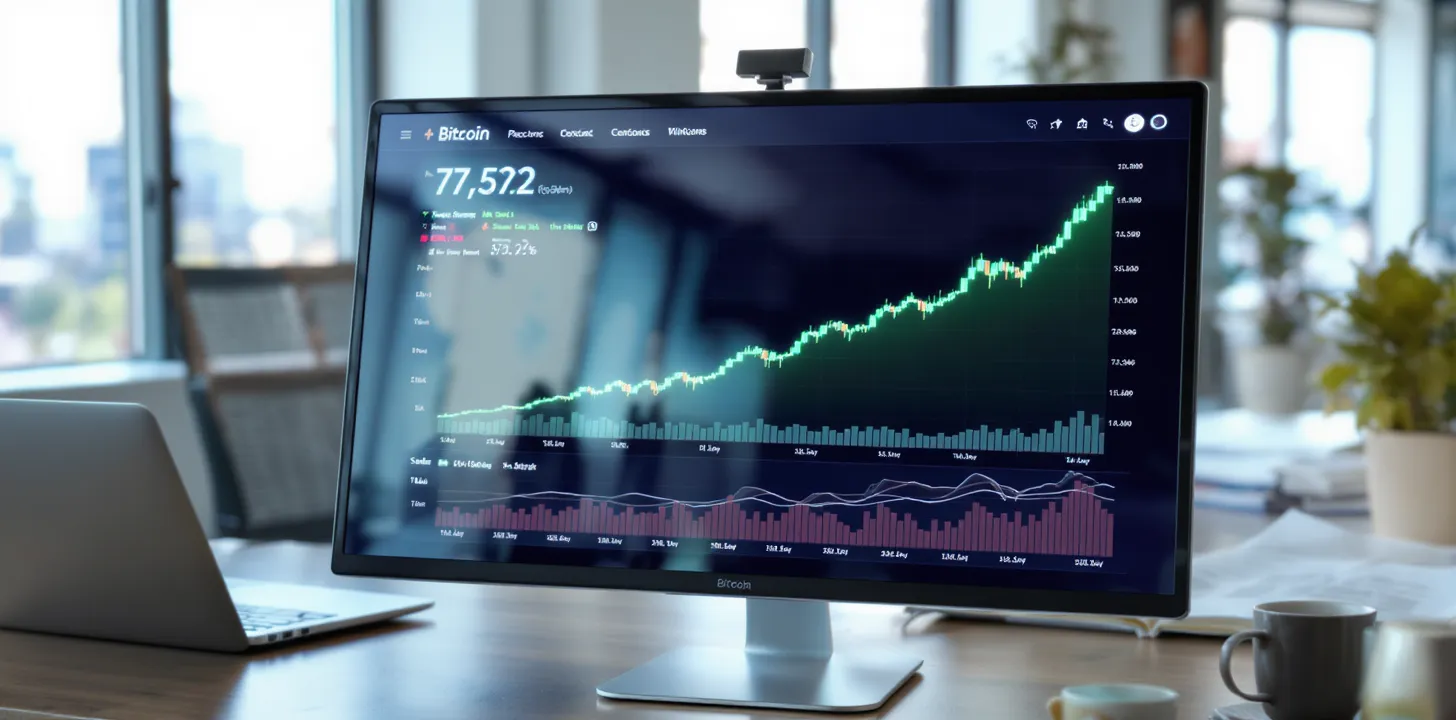Tariff Tantrum Sends Markets into Freefall—Is This the Start of Global Stagflation?
Trump Tariffs Ignite Market Chaos
Markets worldwide have plunged into turmoil following U.S. President Donald Trump’s sweeping tariff announcements, designed to “reciprocate” trade barriers from international partners. The unprecedented tariffs, ranging from 10% to 50%, have significantly heightened global economic uncertainty, triggering widespread fears of an escalating trade war and stagflation. Wall Street alone witnessed a catastrophic $2.5 trillion decline in market valuations, marking the steepest single-day loss since the peak of the COVID-19 crisis. Major indices experienced dramatic sell-offs, with the S&P 500 tumbling by nearly 5%, while the Dow Jones and Nasdaq saw similar declines, underscoring the severe impact of tariff fears.
Sectoral Shocks: Tech, Retail, and Automotive in the Spotlight
Industries heavily reliant on intricate global supply chains—particularly technology, retail, and automotive sectors—have been severely impacted by these tariffs. Companies such as Apple, Nvidia, Dell, and Microsoft experienced significant stock price drops as investors weighed potential disruptions and escalating operational costs from their extensive overseas production networks. Apple, critically dependent on Chinese manufacturing for devices like the iPhone, recorded nearly a 10% stock plunge, highlighting vulnerabilities inherent in globalized supply chains.
Retail companies, especially those producing apparel and consumer goods abroad, faced severe market punishment. Stocks of prominent firms like Nike and Ralph Lauren suffered considerable losses amid investor anticipation of increased input costs, eroding profit margins, and potential shifts in consumer demand due to rising prices. Meanwhile, automotive manufacturers and dealerships confronted panic-buying behavior, triggered by imminent tariffs of up to 25% on imported vehicles and components. This has led to widespread concerns over significantly inflated costs for both new and used vehicles, potentially stifling consumer spending and dampening overall economic activity.
Rising Stagflation Fears
Beyond immediate price disruptions, broader economic indicators now point to mounting risks of stagflation—a toxic combination of sluggish economic growth and rising inflation. Recent U.S. economic data indicates significant deceleration, particularly highlighted by the March ISM Non-Manufacturing PMI, which fell to 50.8, undershooting forecasts and signaling contraction in employment for the first time in half a year. Concurrently, reports indicate planned layoffs have surged to their highest levels in over four years, painting a troubling employment landscape.
These developments, coupled with tariff-driven price increases, have elevated fears of deteriorating consumer purchasing power. According to analysis from Yale Budget Lab, average annual disposable incomes could potentially decline by around $3,800 per household, disproportionately affecting lower-income groups and exacerbating income inequality. Consequently, the specter of sustained stagflation looms ominously, reminiscent of economically challenging periods such as the 1970s.
International Retaliation and Currency Implications
Globally, retaliation has been swift and decisive. The European Union and Canada have announced precise countermeasures against U.S. tariffs, escalating tensions that could further dampen global trade flows and economic growth. Currency markets, reflecting this uncertainty, have seen significant volatility, particularly weakening the previously robust U.S. dollar. The dollar index has experienced its sharpest decline in over two years, reflecting growing global skepticism regarding U.S. economic stability and policymaking.
China’s response remains critically important, especially regarding its currency management. Currently resisting significant depreciation despite severe tariffs, any substantial weakening of the Yuan could trigger broader currency market instability, intensifying global economic risks.
Strategic Considerations for Investors
Investors are advised to recalibrate portfolios in response to this heightened uncertainty. Defensive sectors such as healthcare, pharmaceuticals (currently exempt from tariffs), energy, and consumer staples have gained prominence, offering relative stability amidst volatility. Energy sector giants, supported by seasonal demand and geopolitical concerns, present particularly attractive yields. Meanwhile, consumer staples companies like Kroger demonstrate resilience and defensive appeal.
Questions Investors Should Consider:
- How might prolonged trade tensions permanently reshape global supply chains?
- What defensive investment strategies could best insulate portfolios against stagflation?
- Will central banks globally adopt a more accommodative stance if economic conditions worsen?



